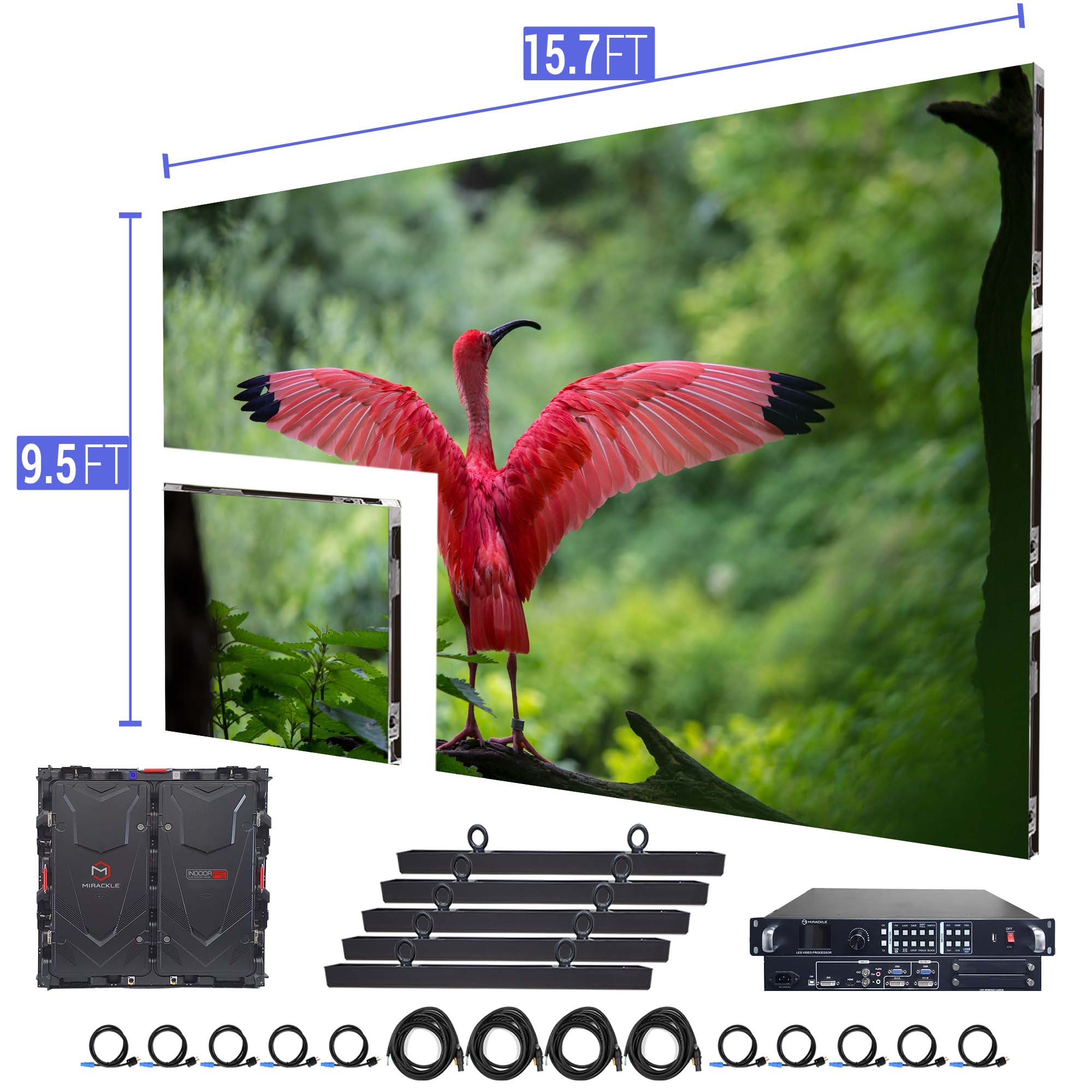Effective Strategies for Addressing Overheating Issues in LED Display Screens
Wiki Article
LED wall screens are progressively popular for various uses, such as promotion, events, and digital screens. Nevertheless, overheating is a significant challenge that can affect their functionality and lifespan. When LED panels overheat, they may dim, hue shift, or even malfunction entirely. Understanding the causes and applying efficient methods to manage heat can help maintain the optimal function of LED panel panels. This piece will explore several strategies to address overheating issues related with these units.
One powerful approach for stopping excess heat in LED panel screens is ensuring proper airflow. It is essential to place these screens in settings where atmosphere flow is adequate. This can be achieved by placing the screens in a properly aired area or using fans to enhance airflow around the units. Additionally, if the screens are installed in a tight area, creating openings or using vents can help release heat more efficiently. Maintaining a cooler surrounding heat level is crucial, as it directly impacts the performance and durability of LED panel screens.
Another way to address overheating is through the use of thermal management materials. These substances can help take in, disperse, or redirect heat away from the LED components. Thermal sinks are commonly used in many electronic devices, including LED screens. These metallic elements pull heat away from the light-emitting diodes, allowing them to function at a more secure heat level. Additionally, thermal paste or pads can be applied to improve heat transfer between the LED chips and the thermal sinks, further boosting their chilling efficiency.

Regular care and monitoring of LED wall panels also play a vital role in preventing overheating. Dust and debris can build up on the surfaces of these panels, obstructing airflow and holding heat. Consistent tidying, using suitable tools, will keep the panels free from obstructions. Furthermore, monitoring the temperature of the panels can help identify overheating issues before they become severe. Using temperature sensors can provide valuable data, enabling users to take remedial steps if the screens start to go over secure functioning heat levels.
The implementation of advanced technology can also help address overheating challenges in LED panel screens. Many contemporary LED screens come fitted with built-in heat management systems. These systems can automatically adjust the brightness of the display based on the temperature, reducing heat generation when needed. Additionally, program solutions can monitor the functionality of the panels and provide alerts if overheating is detected. Incorporating these tools can considerably improve the durability and dependability of LED panel panels.
In conclusion, controlling overheating in LED wall screens is essential for guaranteeing their functionality and lifespan. Implementing strategies such as ensuring adequate ventilation, utilizing heat management materials, conducting regular maintenance, and utilizing advanced technology can help mitigate overheating issues. By implementing these preventive steps, users can enjoy the full advantages of LED panel screens while reducing the threat of heat-related issues. This approach not only improves great site the functionality of the screens but also contributes to a much eco-friendly and effective use of technology in various uses.